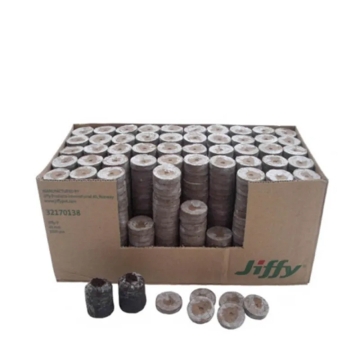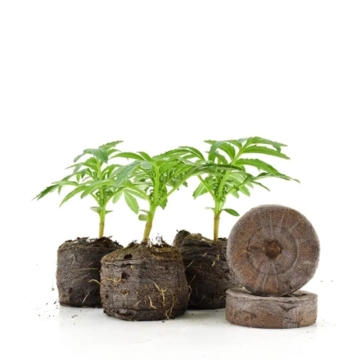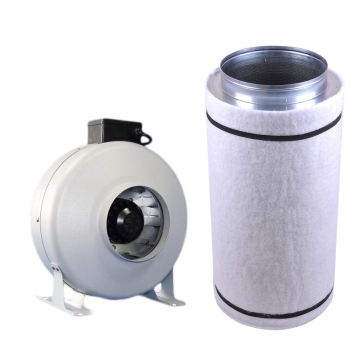Date: 21 Feb 2016
Absorption of CO2 by plants
Plants absorb carbon material only from the air by breathing their stomata (leaves of the plant are covered with hundreds of stomata 2 square centimeters and allow the plant to breathe CO2, oxygen and absorb water). As soon close, the plant is devoid of carbon material - essential for construction of the plant cells.
Most major plant nutrients are supplied through the roots. If one essential nutrient is not in proper proportion to all other, this could reduce the growth. Very often CO2 and the presence of carbon is prevarshtat in limiting factor. Proper air temperature and humidity are a prerequisite for maintaining the stomata open at any time for acceptance of CO2 (photosynthesis) and breathe out excess and waste (in the dark). We are therefore required close to optimal climate control!
How much CO2?
It is well known that the level of CO2 in the air with stoinostta 700 and 900 ppm improves crop development and yield. Most plants grown for their beautiful flowers or leaves grow optimally at 800 parts per million. Roses are distinctive because they require about 1200 ppm of carbon dioxide concentration for best results. For most fruits and vegetables, the ideal level of CO2 in the garden should be at least between 1000 and 1200 parts per million.
Do not overdo it with CO2!
Excessive concentration of CO2 e harmful to plants. Too high level of CO2 reduces transpiration of plants during photosynthesis, without or with less transpiration plant absorbs less nutrient solution and growth slows. At too high levels of CO2 appeared necrotic spots (dead plant tissues) on the leaves. These dead spots tissue are great food for bacteria and mold.
When and how much CO2?
The recommended concentration of CO2 in a room is between 1,000 and 1,500 parts per million. There is no benefit to plants by maintaining higher levels that are dangerous to humans. Also, it is needless expenditure of money.
Some tips for safety:
Carbon dioxide (CO2) is not toxic by itself. However, the higher is the level of CO2, the more difficult is the human breathing and the functioning of the brain .. People with respiratory problems such as asthma, may be affected even at the low level as 1000 ppm, where people no to feel discomfort. But dangerously high levels exceeding 6000 ppm of CO2, inconvenience are completely reversible. The aggrieved party simply need to go to a place where the air has a lower level of CO2, such as outside until the discomfort disappears and the level of CO2 in the blood decrease.













Post comment